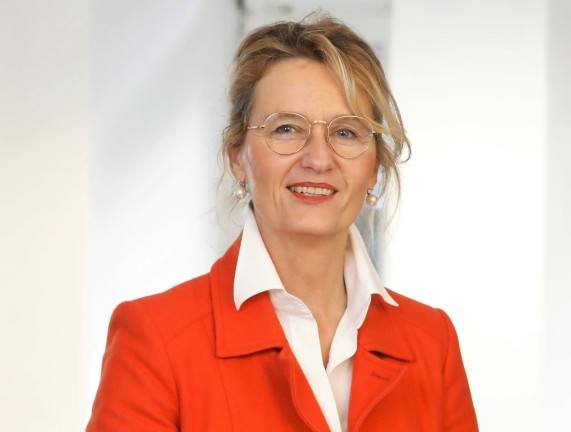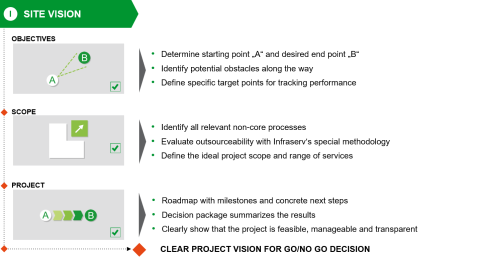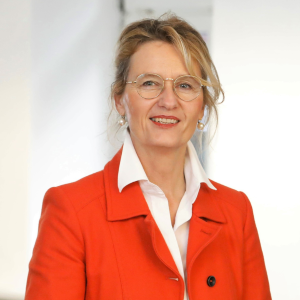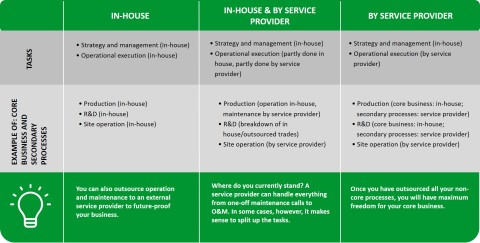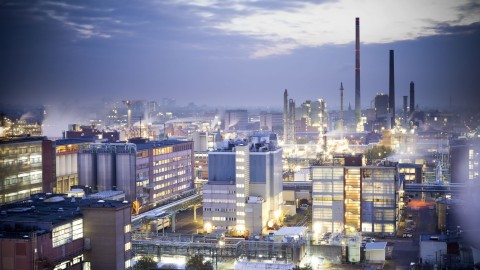Interview with site expert Susanne Wirag
Susanne Wirag, Sales Manager Strategic Business at Infraserv Höchst, explains why facility management has become such a complex strategic and operational management challenge that is best tackled by seasoned experts following a systematic approach.

